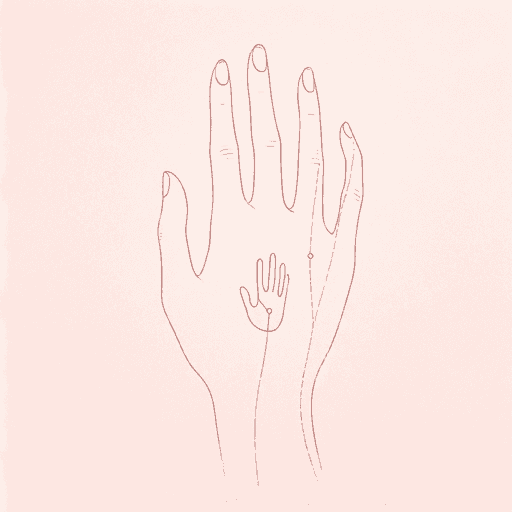31 pages • 1 hour read
The Wives of the Dead
A modern alternative to SparkNotes and CliffsNotes, SuperSummary offers high-quality Study Guides with detailed chapter summaries and analysis of major themes, characters, and more.
Important Quotes
“The rainy twilight of an autumn day,—a parlor on the second floor of a small house, plainly furnished, as beseemed the middling circumstances of its inhabitants, yet decorated with little curiosities from beyond the sea, and a few delicate specimens of Indian manufacture,—these are the only particulars to be premised in regard to scene and season.”
(Page 3)
The author describes, with little details, both the situations and sorrows of the Early American brides. The rain and twilight indicate tragic gloom; the “plainly furnished” room suggests the modest income of the newlyweds; the “curiosities” hint that one of the residents makes a living out at sea, and that Native peoples populate the region.
“The mourners, though not insensible to the kindness of their friends, had yearned to be left alone. United, as they had been, by the relationship of the living, and now more closely so by that of the dead, each felt as if whatever consolation her grief admitted were to be found in the bosom of the other. They joined their hearts, and wept together silently.”
(Pages 4-5)
After two colonial brothers die unexpectedly, their brides—closely acquainted and having experienced identical tragedies at the same time—realize that only they can truly understand and console each other. Here, Hawthorne introduces the parallelism that will follow the women throughout the tale.
“[…] [O]ne of the sisters, all of whose emotions were influenced by her mild, quiet, yet not feeble character, began to recollect the precepts of resignation and endurance which piety had taught her, when she did not think to need them.”
(Page 5)
Stricken and grieving, like her sister, from their shared tragedy, Mary is first to calm herself, calling on the precepts of her religious faith—precepts easy to learn by rote and then ignore in good times but suddenly helpful during a disaster—to give her strength. She then turns to her sister-in-law and helps to calm her as well.



Related Titles
By Nathaniel Hawthorne















